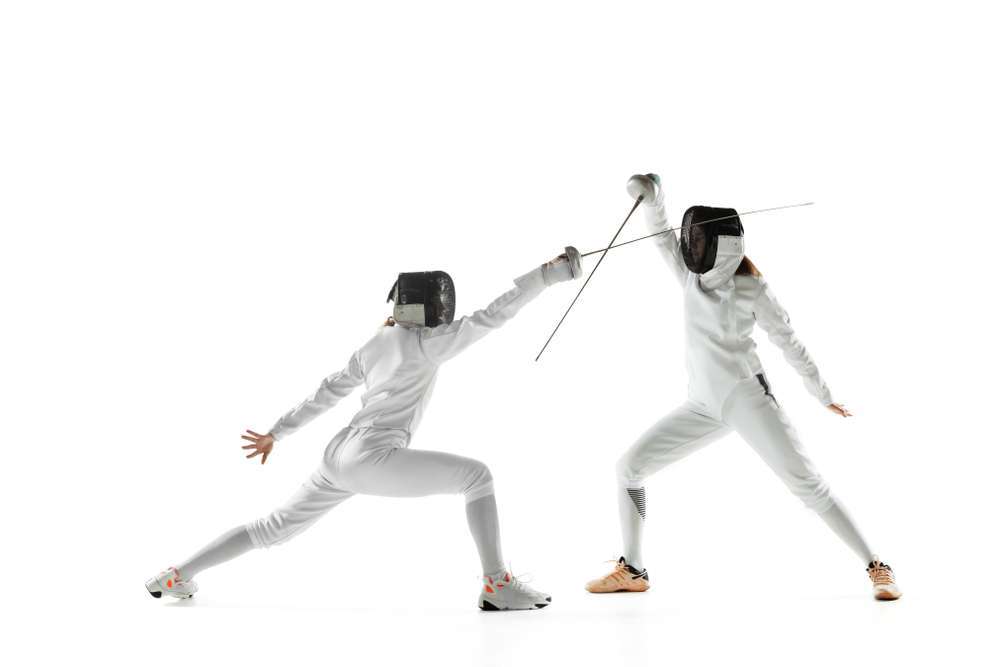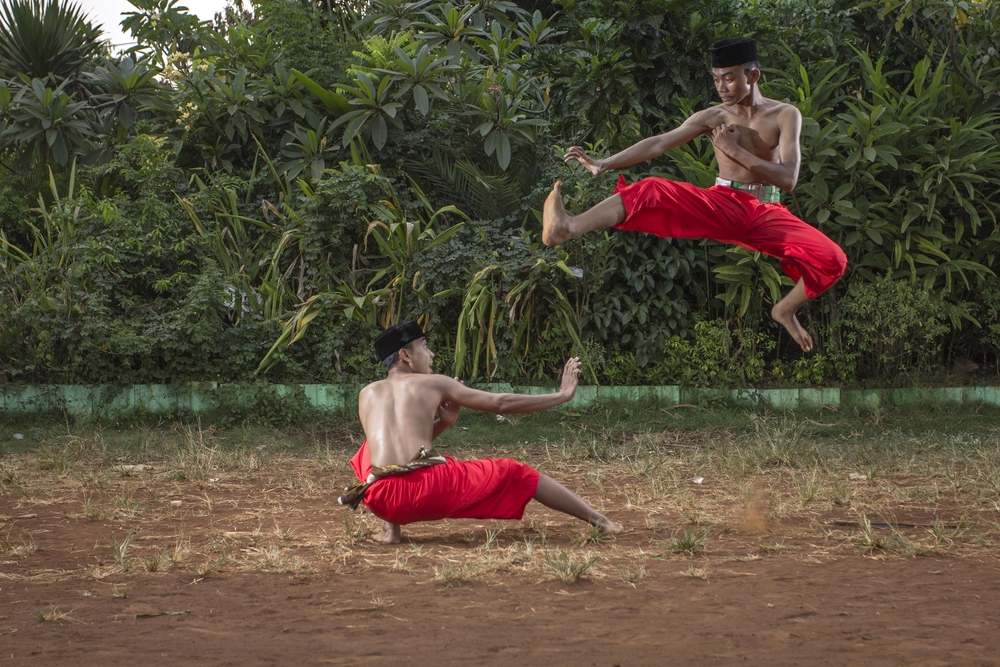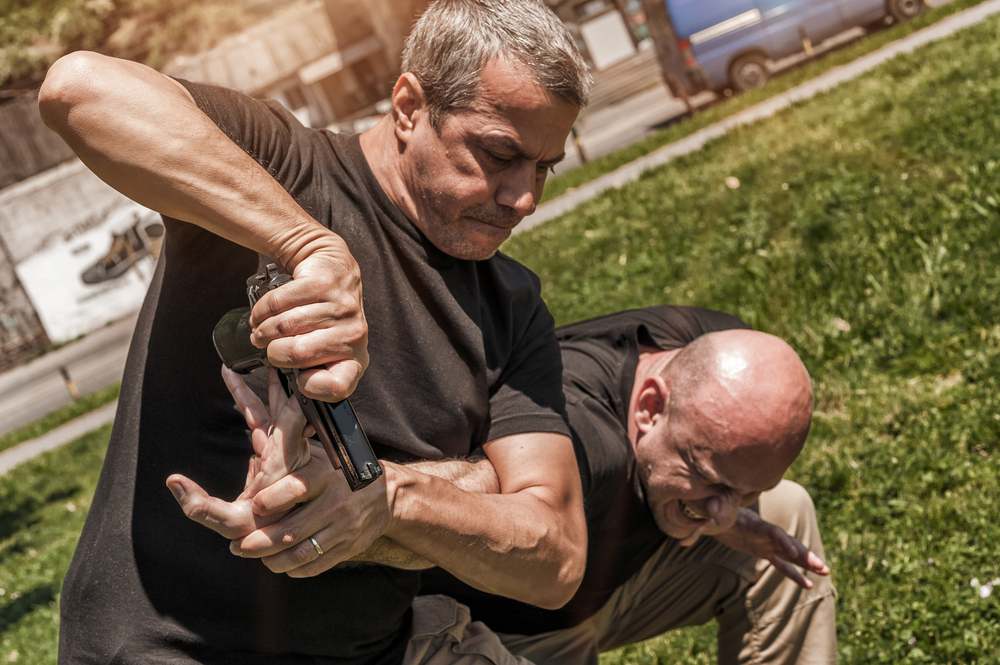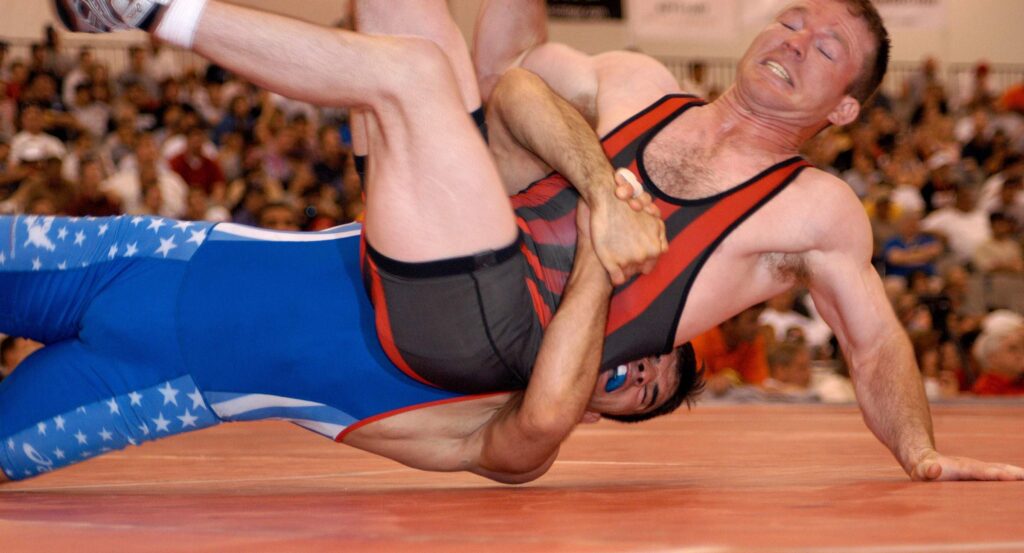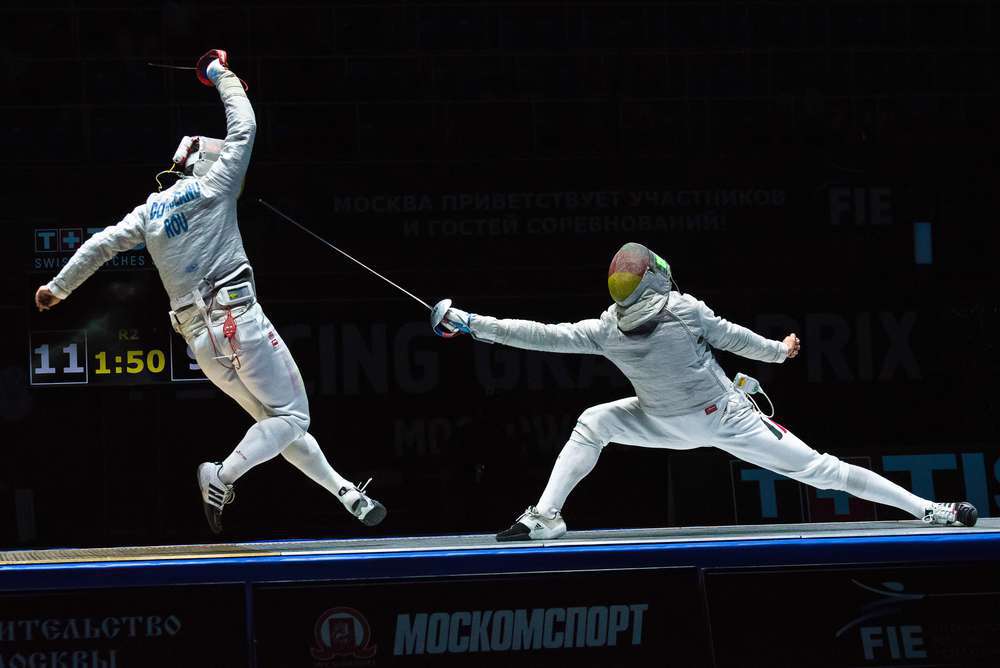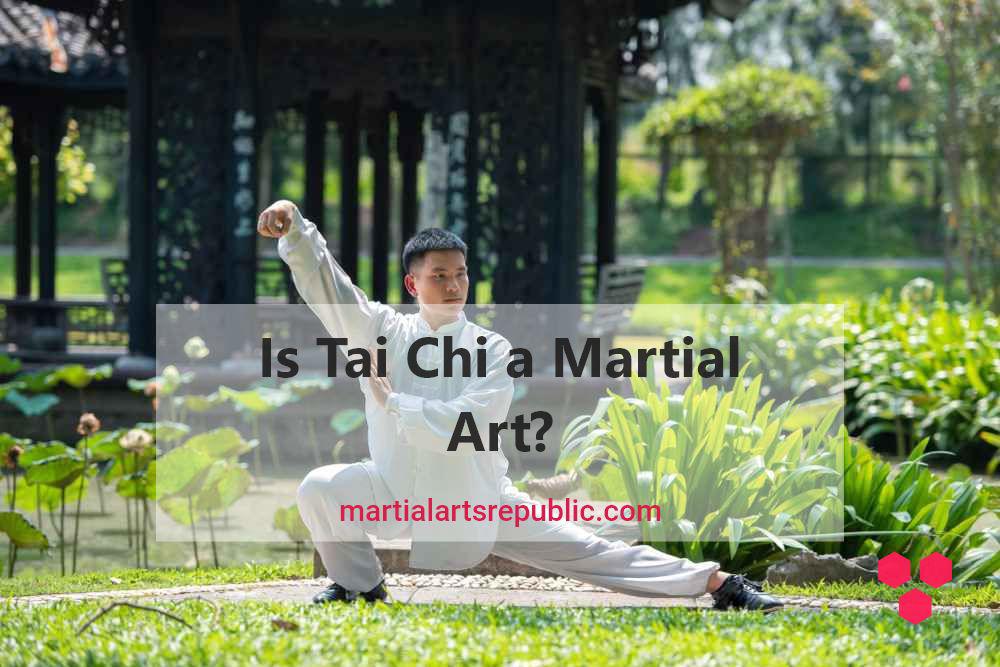Followers or observers of modern fencing often find it hard to believe that fencing is truly a style of martial art. But, is fencing a martial art?
Fencing is a western martial art that is historically used for duels and self-defense. Modern or sport fencing can also be considered a martial art since it is a variation of classical or traditional fencing.
It is vital to know that whenever historical fighting methods (that were devised for real weapons to kill and maim) are applied for sporting purposes, a significant change must occur as a result.
The idea of scoring points by following laid down rules and restrictions replaces the ancient goal of training to defeat real opponents with martial efficiency and deadliness.
With this in mind let’s further consider if fencing is truly a martial art.
Is Fencing Considered a Martial Art?
While fencing is not popularly considered a martial art, it, however, remains a western martial art used for duels and self-defense.
When you think of fencing, you are probably thinking of sports fencing (i.e. Olympic fencing).
You think of these electric vests and swords that register points at the lightest touch, and a scoring system that is primarily concerned with the number of strikes, etc.
In truth, with the near ineffectiveness of sports fencing in actual combat, this form of fencing doesn’t seem like much of martial art.
For example, its scoring system rewards you for allowing your enemy to hit you if you can return the favor, which isn’t exactly a battle-ready tactic.
However, sport fencing is not the only form of fencing in the world.
There is the deadly and brutal traditional form of fencing known as classical fencing.
Classical fencing is the parent of sports fencing (the type of fencing you probably know).
In fact, the unending debate as to whether fencing is a martial art might not arise if everyone understands the history and brutal nature of traditional fencing.
Classical fencing was deadly in its practice, and duals were to death until about the 18th or 19th centuries.
There was only a change after the community realized that the great masters kept dying because they kept fighting to prove superiority over one another.
Duals were fought to first blood, which resulted in the all-white attire we see today.
As society progressed and first blood became uncivilized and too violent, duels became matches fought with dulled blades covered in chalk to a score.
And as technology progressed, the rules developed to keep score.
With electricity came electric fencing, which uses lights and wires to determine who scores.
With the advent of rules, this martial art gradually became less like they were intended. And with the current popular style, it has become closer to sports.
So, sport fencing is nothing more than a highly protective and regulated form of the historically lethal form of fencing.
According to 19th-century fencing master Louis Rondelle, a classical fencer is someone who observes a fine position, launches fully developed attacks, hits marvelously accurately, parries firmly, and executes ripostes with precision.
It is a conventional bout, which consists of rhythmical attacks, parries, and returns.
Classical fencing is a part of the Historical European Martial Arts (HEMA) which are martial arts of European origin.
This formerly practiced martial art has since evolved into different forms, which is now known as modern or Sports fencing.
This new form of fencing emphasizes the health and sporting benefits of the art rather than its use for killing.
So, forget what you see at the Olympics, fencing is indeed a very dangerous martial art just like any other martial art.
Even as a sport, it is still considered a dangerous art and can lead to common injuries and even death in some cases.
A well-known fencing death is Vladimir Smirnov, who suffered injuries during the World Championships in 1982 which led to his death.
So, do not undermine the deadly nature of fencing as things can get brutal where the sporting rules are relaxed.
Is Fencing a Sport?
Fencing is a combat sport that involves the use of a sword (foil, epee, or sabre) for defense and attack according to set movements and rules. Winning points are made through the weapon’s contact with an opponent.
Aside from being a recognized combat sport, fencing is also listed as an Olympic sport.
The use of swords dates back to prehistoric times and swordplay to ancient civilizations, but fencing as an organized sport did not exist until the end of the 19th century.
As stated earlier, fencing is a western martial art even though it is now done for sports purposes, just like taekwondo and karate.
The evolution of fencing into a sport can easily be traced.
In June 1880, the first regularized fencing competition was held at the inaugural Grand Military Tournament and Assault at Arms, held at the Royal Agricultural Hall in Islington.
Army officers and soldiers competed in the Tournament.
Each bout was fought for five hits and the foils were black-pointed to aid the judges.
In 1896, the Amateur Gymnastic & Fencing Association drafted official fencing regulations.
Also in 1896, fencing was part of the Summer Olympic Games.
Saber events have been held in every Summer Olympics; foil events have been held except for 1908, and épée events have been held except for 1896 due to unknown reasons.
Beginning with epee in 1933, the Laurent-Pagan electrical scoring apparatus replaced side judges, with an audible tone and a green or red light showing when a touch landed.
Foil and sabre were automated in 1956 and 1988 respectively.
The scoring box reduced judging bias and allowed more accurate scoring of faster actions, lighter touches, and more touches to the back and flank.
Does Fencing Count as a Martial Art?
Fencing does count as a martial art considering its historical recognition and practice as western martial art.
There was once a time when fencing was one of the most violent and dangerous martial arts in the world where fencing duals were fought to the death.
So, while classical fencing may have evolved into fencing for sporting purposes, it, however, remains a martial art and should be counted as such.
Is Fencing Useful for Self-Defense?
Classical fencing can be very useful and effective for self-defense. Sport fencing however may not be very effective for this purpose.
This is because, compared to sports fencing, classical fencing has far more in common with martial arts, thanks to its physical demands and scoring methods.
Sports fencers are mainly trained to score points without necessarily causing harm to an opponent, while traditional fencers train to cause harm and sometimes kill.
Fencing skills and weapons were originally intended for the battlefield, judicial combats, and earnest self-defense which proves that fencing is a fighting art.
So, fencing in an unregulated state can be an effective tool for self-defense.
Conclusion
Just because a martial art has a sport version of itself doesn’t mean it stopped being a martial art.
Many martial arts including Taekwondo, judo, karate, etc have evolved into primary sports.
Besides, there are lots of martial arts that aren’t sports but whose techniques are almost useless in modern times.
For me, if you study a systematic approach to fighting, you are studying a martial art, and Fencing (regardless of the variation) is a martial art.
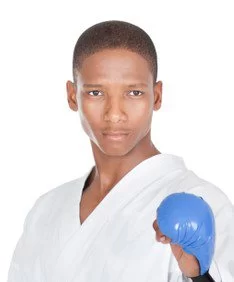
Hi, my name is Godwin. I am a passionate martial artist with black belts in Taekwondo and Karate. I have over 15 years of martial art experience. I created this platform to enable me to help you learn martial art the right way.
